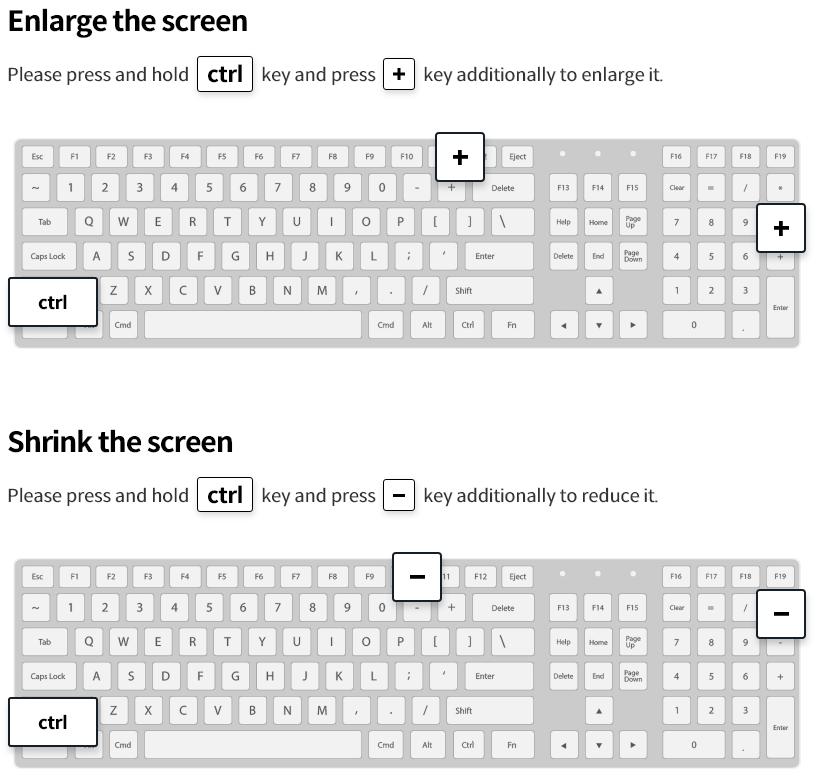Korea Eximbank’s Overseas Economic Research Institute (keri.koraexim.go.kr) forecasted on April 1 that exports for the 2nd quarter of 2014 will only increase by around 3% compared to the same period last year mainly due to the delayed economic recovery of emerging markets such as China and India, despite the overall gradual recovery of exports.
According to the ‘2014 2Q Export Outlook Report’ released by Korea Eximbank, the gradual recovery of exports which began early last year is likely to slow down, as indicated by a decrease in the Export Leading Index, an indicator developed by the bank to predict the movement of exports.
The Export Leading Index is a composite index which combines an array of variables that influence Korea’s exports, including the economic conditions of export markets, price competitiveness of export items, export outlook of individual industries, and company sales forecasts.
A Korea Eximbank official explained, "Notwithstanding the Fed’s QE taper, exports are expected to hold firm thanks to the recovery in the U.S. jobs and housing markets, improving consumer confidence, and a rebound in the eurozone’s leading economic indicators. Nonetheless, the increase in exports is likely to be by a modest 3%, owing to the slowdown of emerging markets and the adverse impact of Japan’s sales tax hike.”
The official also attributed the weak growth of exports to "the diminished link between the recovery of export markets and the recovery of Korean exports as a result of shifting global economic trends, such as the drive for reindustrialization in the US and other developed countries.”


